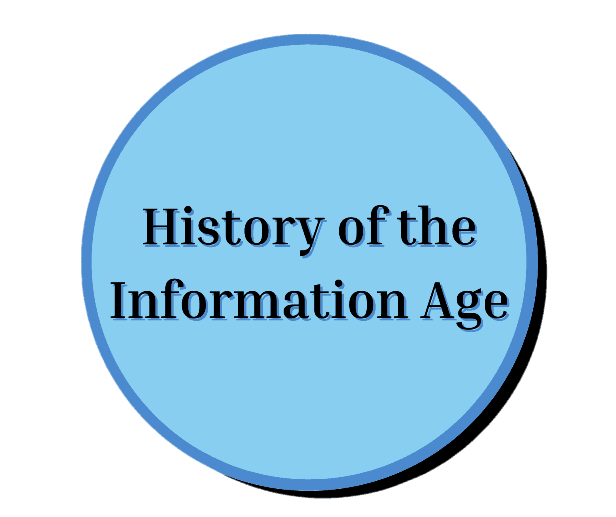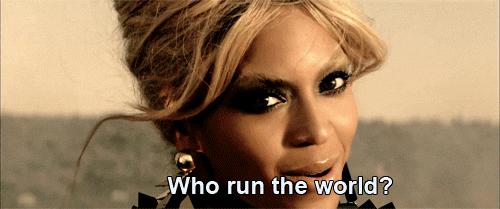Thoughts on Dolphins Being Thrown on Tables
I really enjoyed this week’s discussion on coffeehouses and the origin of the printing press and postal system. I particularly liked the references to dolphins being thrown onto tables, it made for a pretty entertaining class. In regards to the material we had to look at this week, I found the Coffeehouse TedTalk interesting particularly when the speaker mentioned near the end that he feels as though socialization today is not as face to face. While I do agree with the sentiment that it is not solely face to face, I personally disagreed with this notion a bit. While I completely agree that coffeehouses are not used in the same way they were back in the 17th and 18th centuries, I don’t think that socialization today is not as face to face. Despite online forums and the ability to communicate online, I still find that a majority of my interactions happen in person. Especially because some conversations translate better when speaking in person rather than online. I know this wasn’t a huge part of our discussion, but I just found what the speaker said to be a bit biased. It reminded me of how older people today say, “It’s those dang phones!” and criticize the use of modern technology.
As for Cowan’s article, I enjoyed reading about the build up to coffeehouses and the debates surrounding them in regards to academia. We discussed this in class, but I definitely saw parallels between how university officials felt threatened by coffeehouse’s and wanted to keep academia “prestigious” and how universities today have a huge paywall to ensure not everyone can have access to a higher education. As for other class discussions I enjoyed this week, I thought tying in the printing press was a smart choice since Cowan mentioned how “the coffeehouse is rightly associated primarily with print and scribal publications.” The printing press also brought up a great talk about how institutions want to keep claim to certain titles and not be proven wrong. For instance, how the British Library has the Gutenberg Bible and refuses to claim it was not the first book created with a printing press, despite evidence that there were other printed books before it. Overall, I was thoroughly engaged with class discussion this week.
Works Cited
Cowan, Brian. The Social Life of Coffee : The Emergence of the British Coffeehouse. New Haven: Yale University Press, 2005. (87)
TEDxTalks. “The Lost World of the London Coffeehouse | Dr Matthew Green | Tedxeastend.” YouTube. YouTube, February 22, 2016. https://www.youtube.com/watch?v=_83A7vaHTiE.

